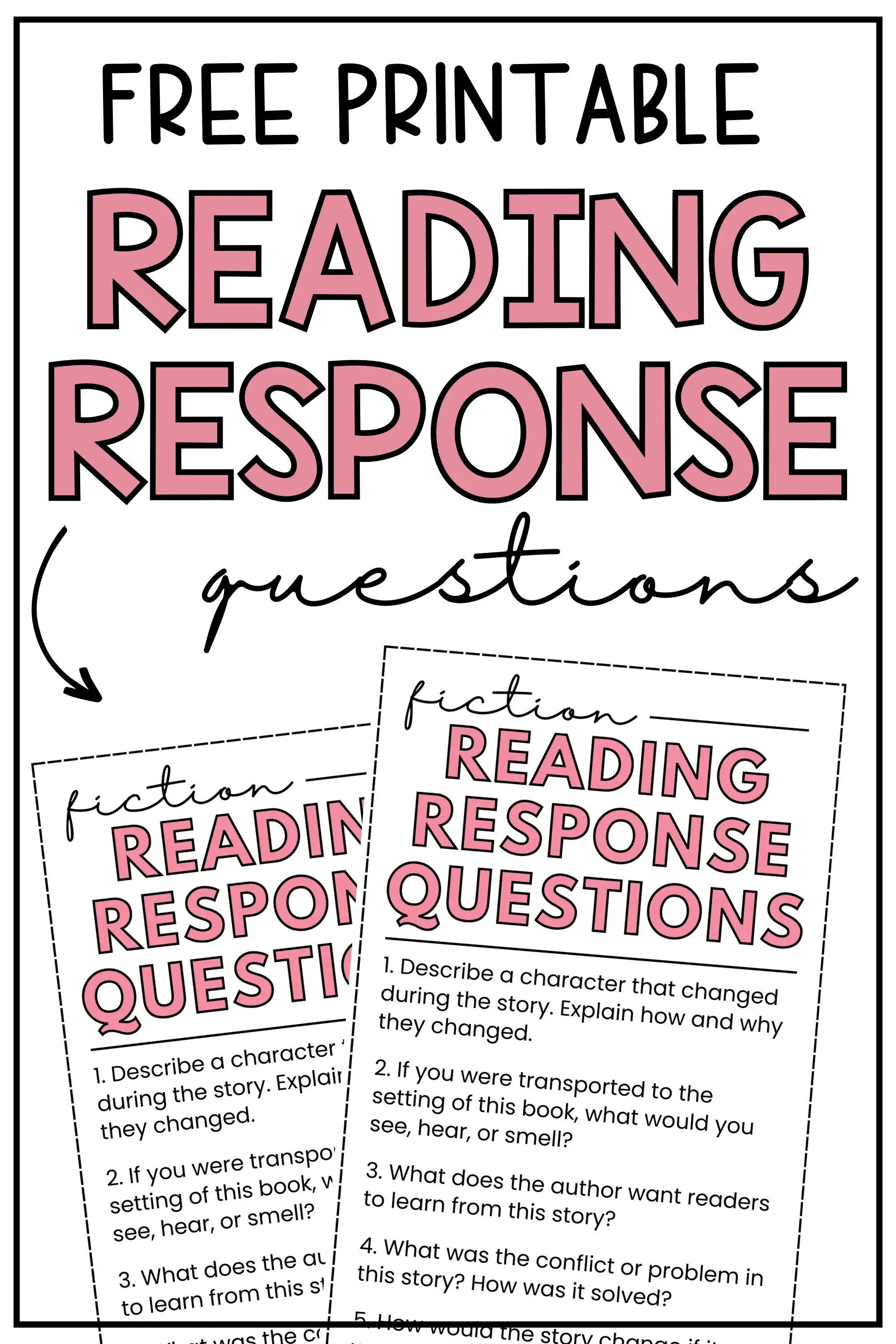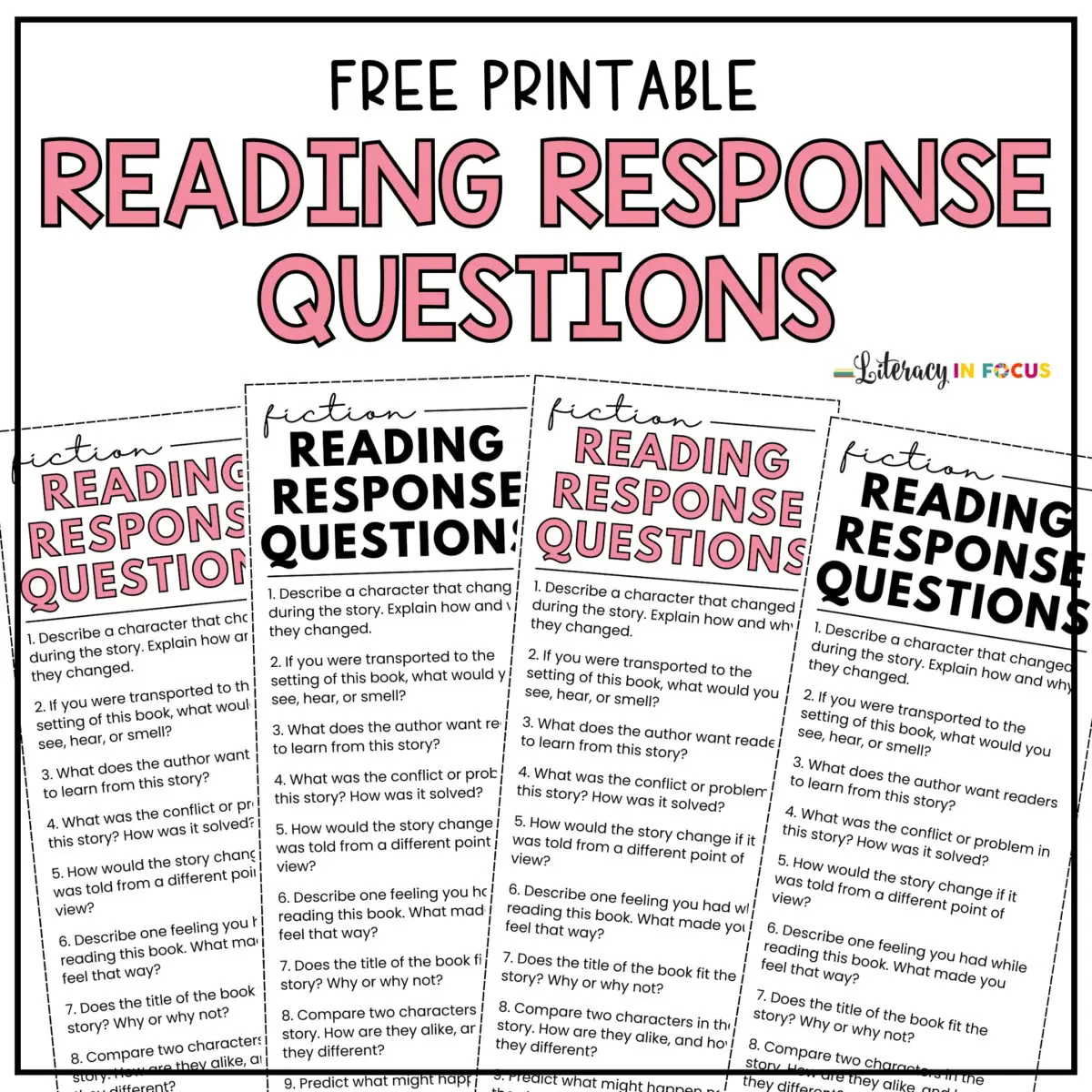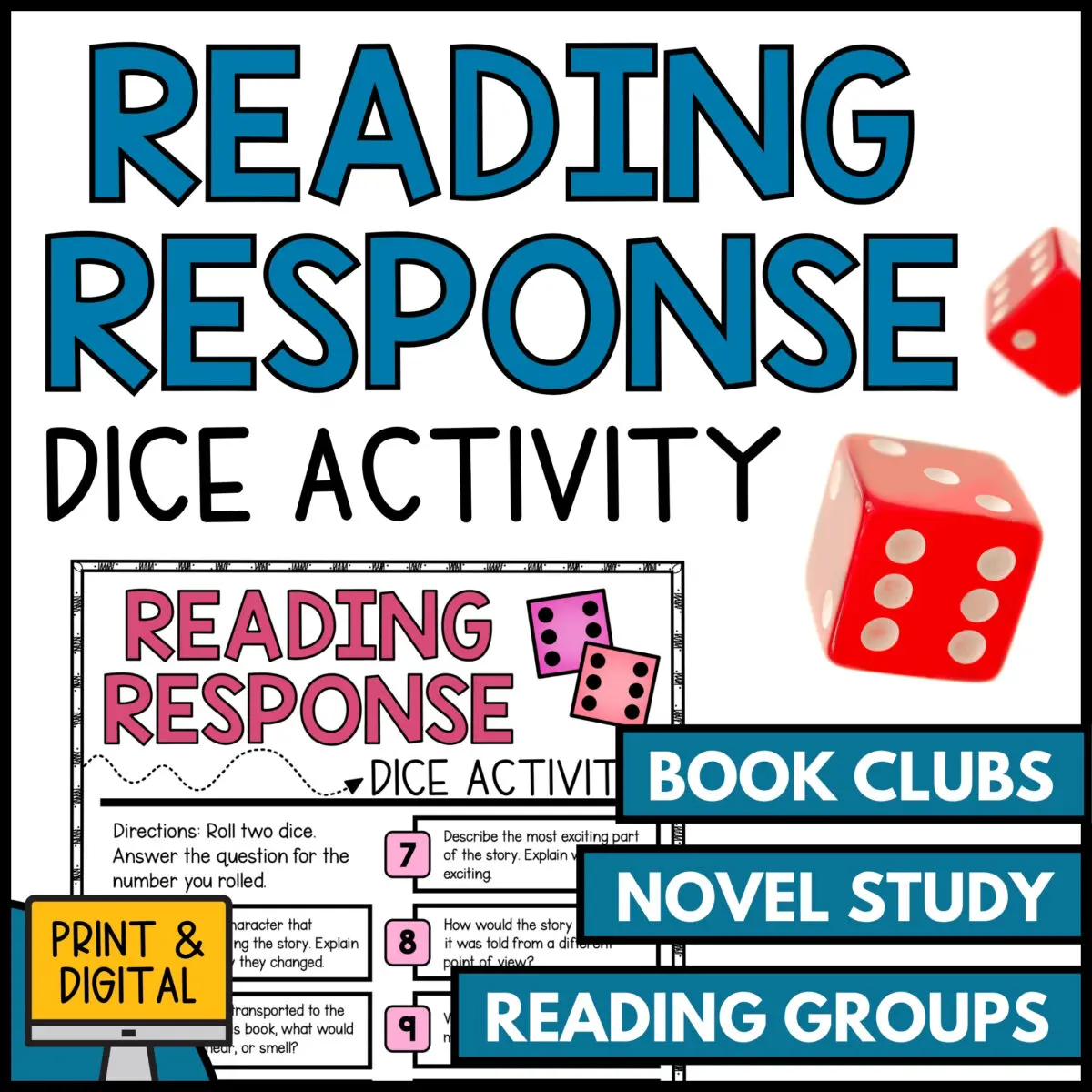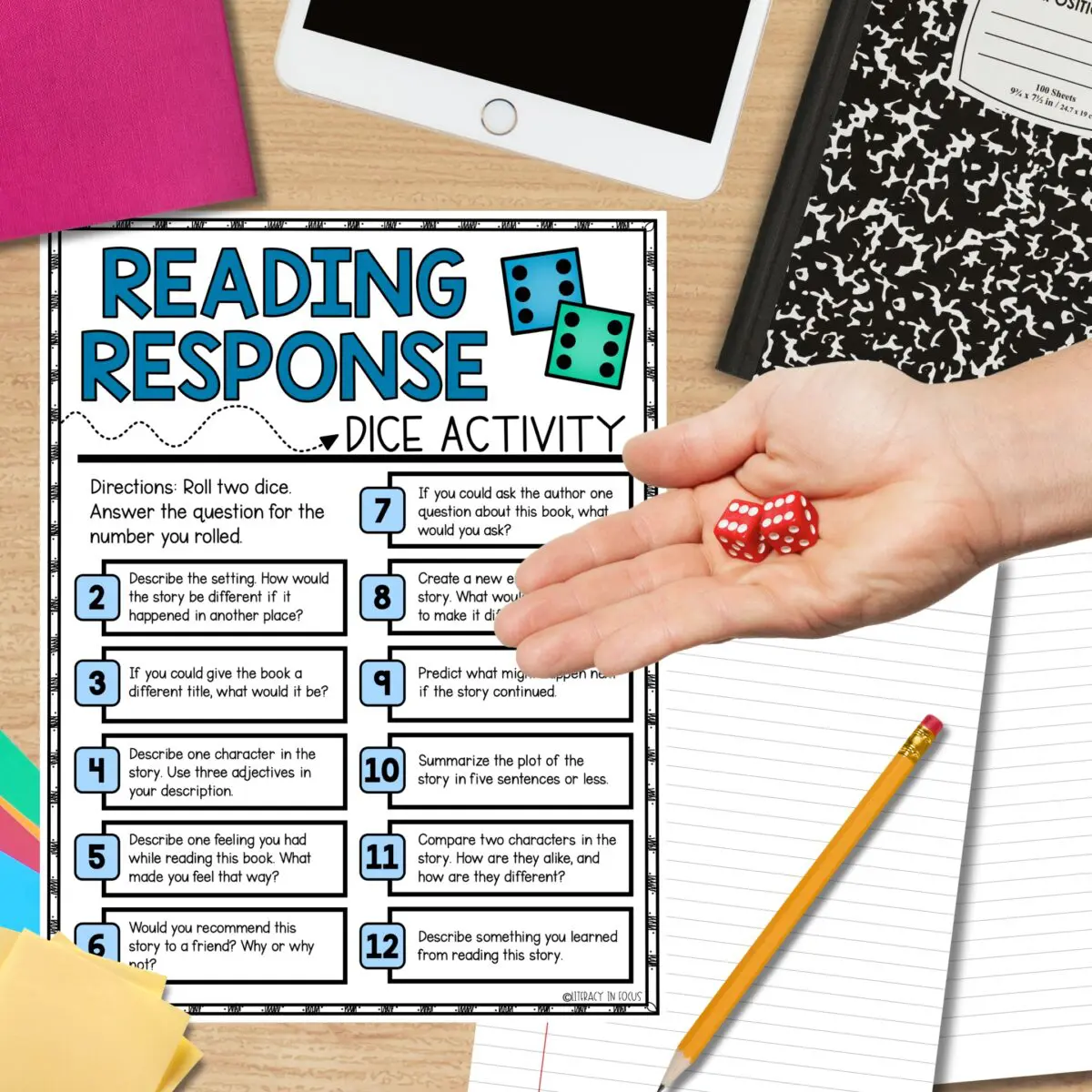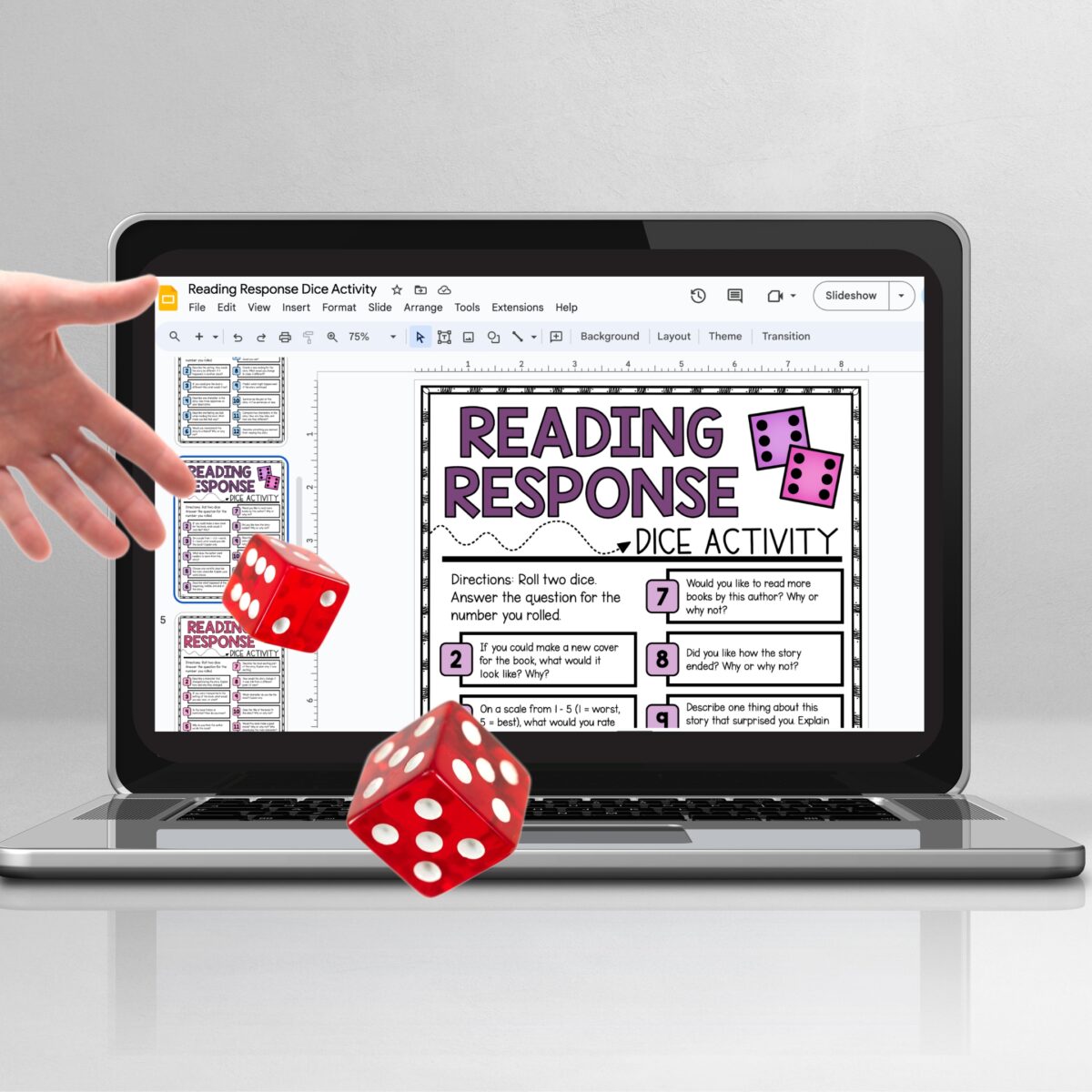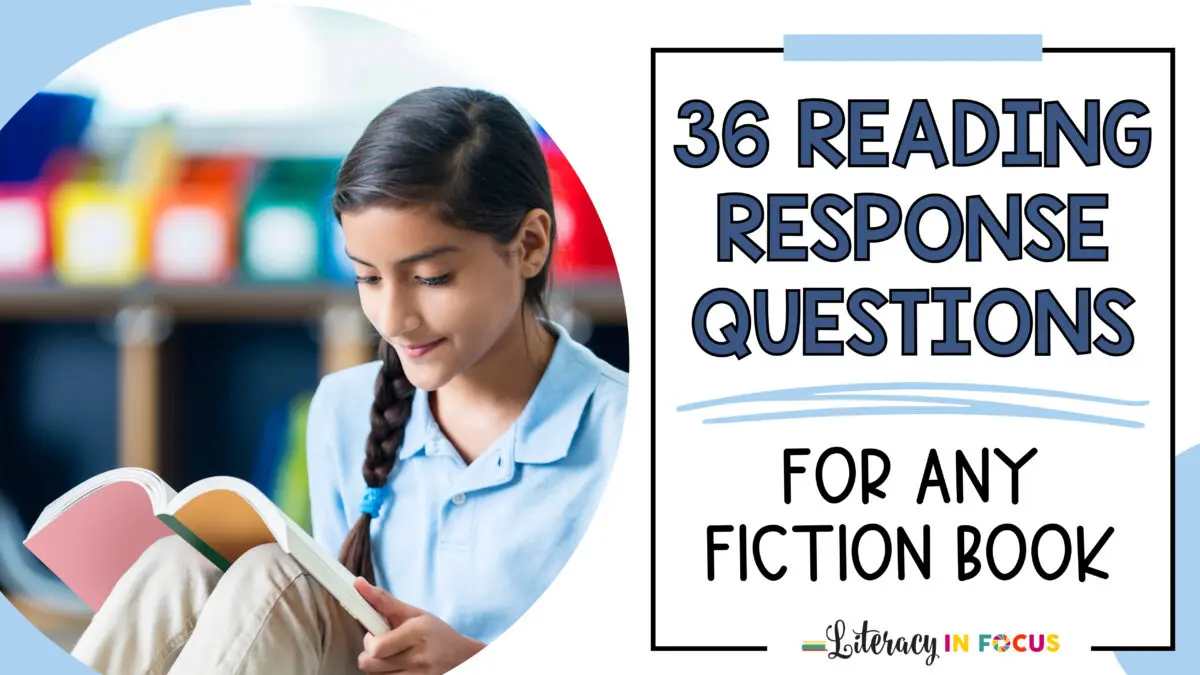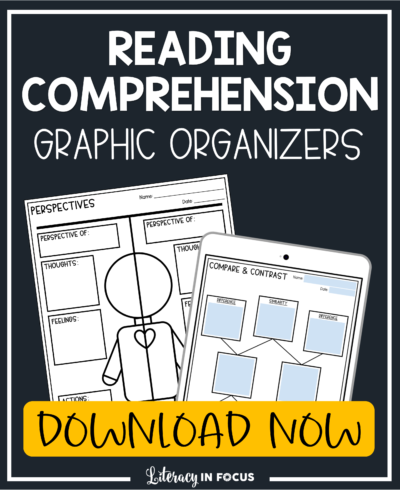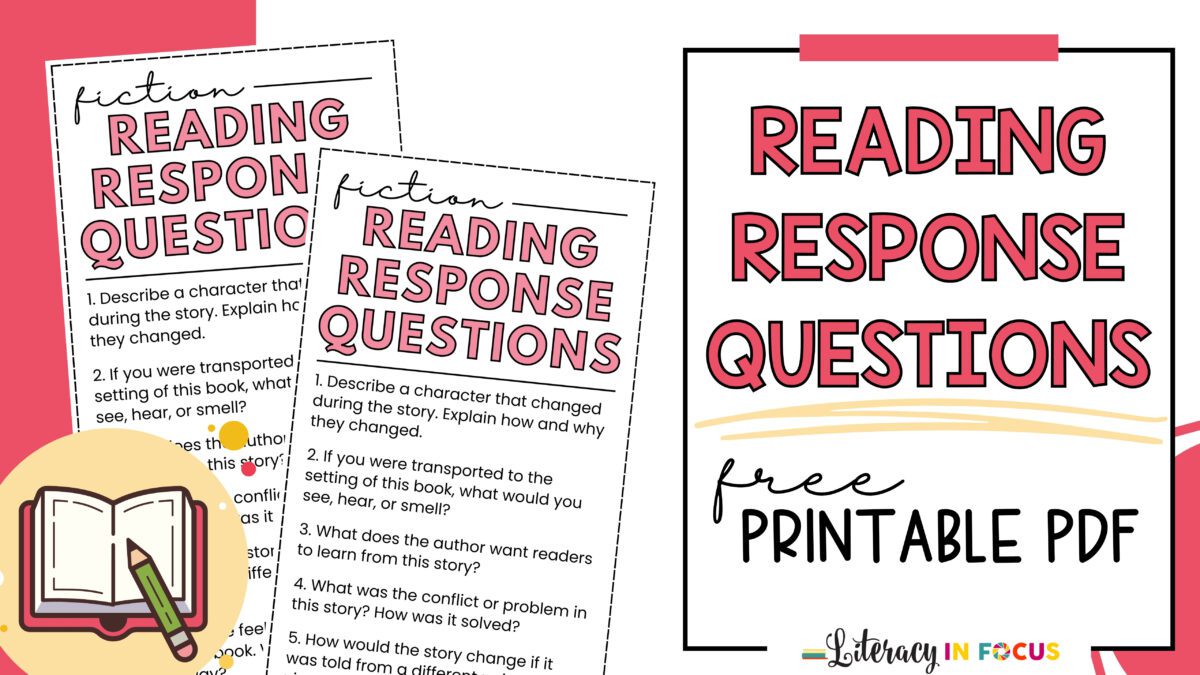
Reading Response Questions | Free Printable PDF
These reading response questions can be used with ANY fiction text. Use the standards-based prompts to assess comprehension, deepen understanding, and promote critical thinking. The printable PDF linked below includes a list of 10 questions that cover all of the major story elements. It’s perfect for class novels, short stories, book clubs, literature circles, and more! The questions can also be used as writing prompts and discussion starters.
Fiction Question Prompts for Books & Short Stories
1. Describe a character that changed during the story. Explain how and why they changed.
2. If you were transported to the setting of this book, what would you see, hear, or smell?
3. What does the author want readers to learn from this story?
4. What was the conflict or problem in this story? How was it solved?
5. How would the story change if it was told from a different point of view?
6. Describe one feeling you had while reading this book. What made you feel that way?
7. Does the title of the book fit the story? Why or why not?
8. Compare two characters in the story. How are they alike, and how are they different?
9. Predict what might happen next if the story continued.
10. If you could ask the author one question about this book, what would you ask?
Common Core Anchor Standards for Reading
Key Ideas and Details:
1. Read closely to determine what the text says explicitly and to make logical inferences from it; cite specific textual evidence when writing or speaking to support conclusions drawn from the text.
2. Determine central ideas or themes of a text and analyze their development; summarize the key supporting details and ideas.
3. Analyze how and why individuals, events, and ideas develop and interact over the course of a text.
Craft and Structure:
4. Interpret words and phrases as they are used in a text, including determining technical, connotative, and figurative meanings, and analyze how specific word choices shape meaning or tone.
5. Analyze the structure of texts, including how specific sentences, paragraphs, and larger portions of the text (e.g., a section, chapter, scene, or stanza) relate to each other and the whole.
6. Assess how point of view or purpose shapes the content and style of a text.
Integration of Knowledge and Ideas:
7. Integrate and evaluate content presented in diverse media and formats, including visually and quantitatively, as well as in words.
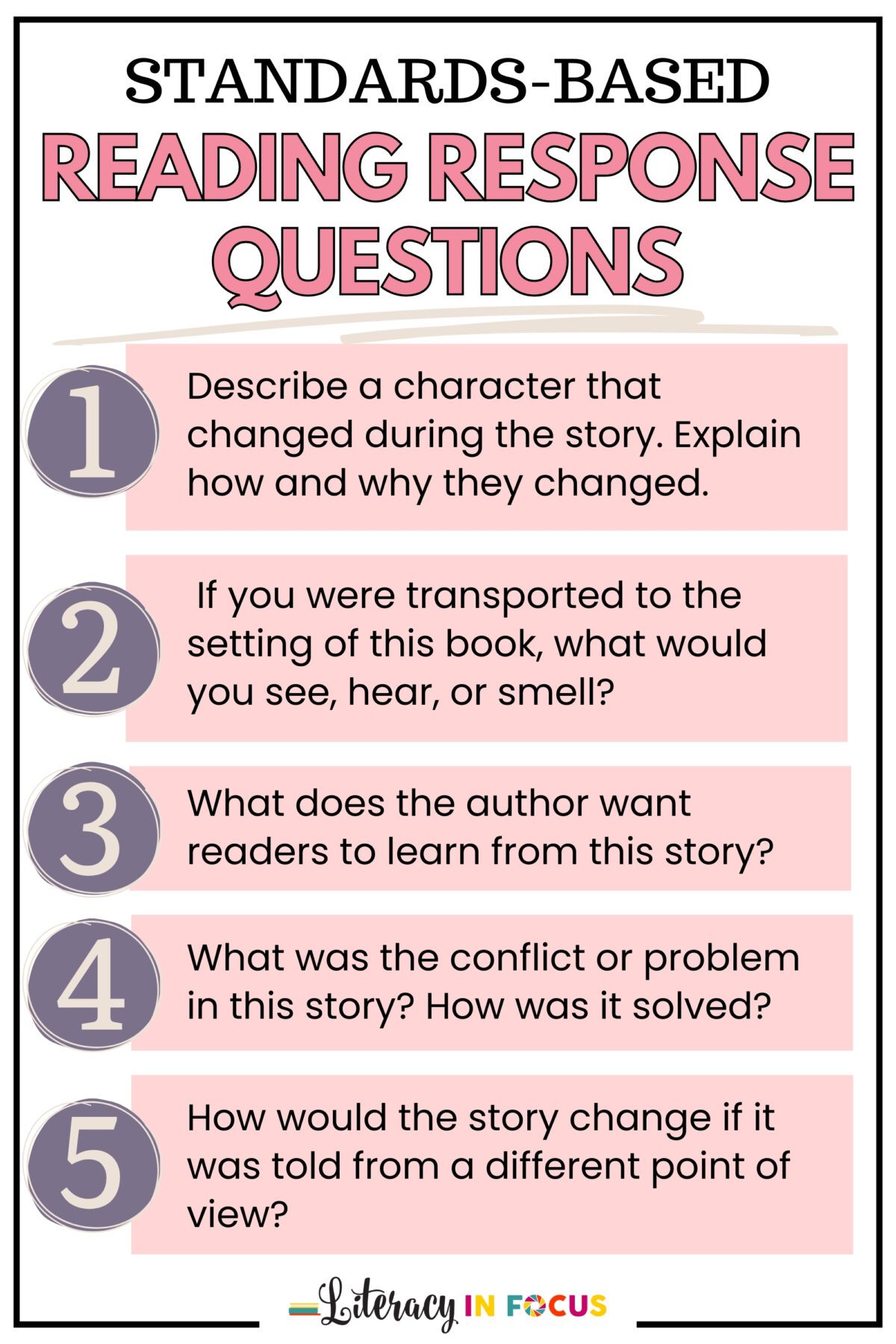
8. Delineate and evaluate the argument and specific claims in a text, including the validity of the reasoning as well as the relevance and sufficiency of the evidence.
9. Analyze how two or more texts address similar themes or topics in order to build knowledge or to compare the approaches the authors take.
Range of Reading and Level of Text Complexity:
10. Read and comprehend complex literary and informational texts independently and proficiently.
🎲 Dice Game Directions: Working with partners or in small groups, students take turns rolling two dice. Each time they roll, they must answer the question that matches the number on their dice. Play continues until time runs out.
🎲 3 Game Boards: Each print and digital game board includes 12 standards-based reading comprehension questions. Three different game boards are included (36 questions total), so students can play multiple times throughout the year without repeating the same questions.
🎲 Print & Digital Options: The game boards are easily accessible as printable PDFs and Google Slides. A printer-friendly black/white version is also included.
